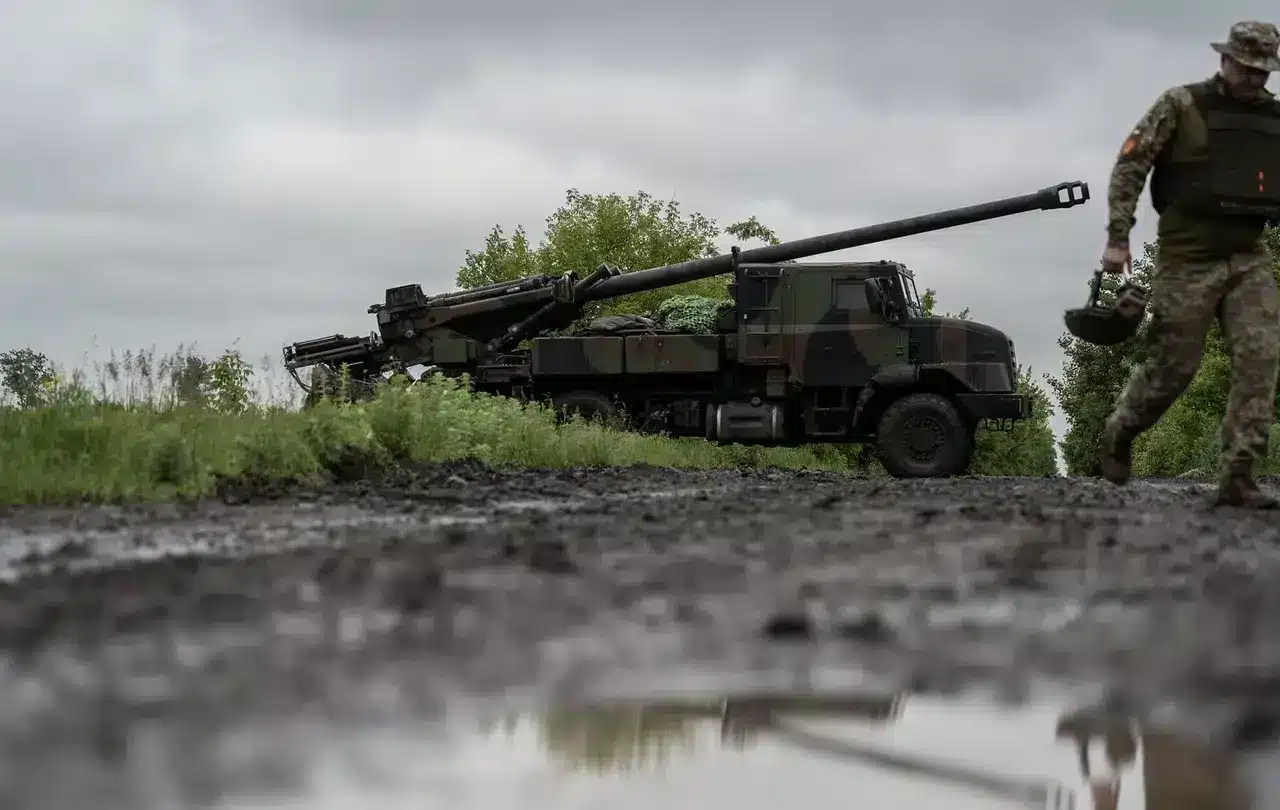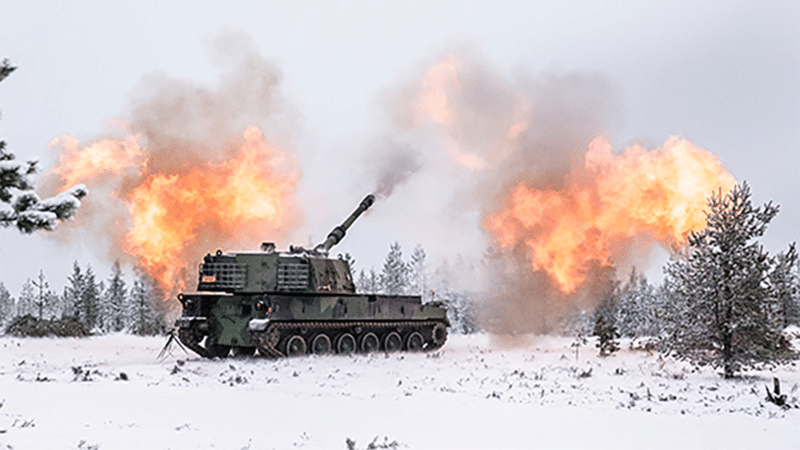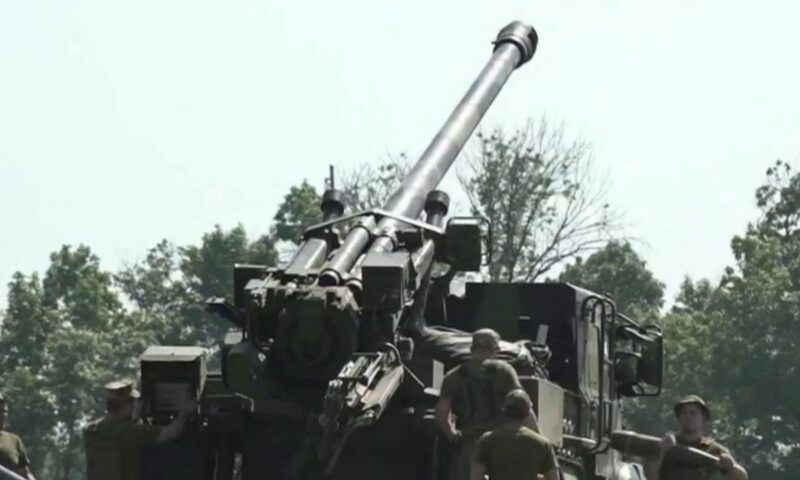After Belgium, the Czech Republic, Denmark and Lithuania, Estonia is preparing to order 12 CAESAR cannons from KNDS-Nexter, to strengthen its artillery, according to Estonian Defense Minister Hanno Pevkur.
If this announcement is undoubtedly excellent news for Nexter, it is probably not a surprise for the industrialist. The latter announced, in fact, on the sidelines of the visit of the American Secretary of States Anthony Blinken to its Satory site, that it would double, once again, the production rates of the CAESAR, to reach 12 systems per month , anticipating a probable increase in international orders to come, while the French canon shows remarkable performances in Ukraine.
In this section:
The war in Ukraine reveals the performance of French equipment, and increases their international attractiveness
For a long time, the specificities of French defense equipment failed to convince Europe. Out of step with American paradigms, this French equipment was often lighter, more economical, and focused its added value on criteria different from those of other Western manufacturers.

The war in Ukraine over the past two years seems to show that the bets of French industrialists and soldiers were not in vain. Without being miracle weapons, they do not exist, the AMX-10RC, SAMP/T and other VABs delivered to the Ukrainian forces, considered with a certain disdain by many observers at the start of the conflict, show more than satisfactory performance, sometimes even remarkable in combat.
It is particularly the case of the KNDS-Nexter CAESAR gun, which today constitutes one of the pillars of Ukrainian resistance to Russian assaults. Efficient and precise thanks to its 52 caliber tube with a range of 40 km, and its dynamic ballistic calculator, the French-made carried gun shines above all with its great mobility, allowing it to avoid counter-battery fire and drones opposing forces, while dealing severe blows to Russian lines and devices.
These combat performances, associated with a particularly accessible price, increase the attractiveness of the French system on the international scene, including in Europe, then the Belgium, République tchèque and Lithuania, have already ordered it. A second Baltic country, Estonia, has just announced that it is preparing to do the same, while Nexter has indicated that it intends to bring CAESAR production to 12 units per month, compared to 6 today.
After Lithuania, Estonia is preparing to join the CAESAR club
Indeed, on April 2, the Estonian Defense Minister, Hanno Pevkur, indicated that his country intended to acquire 12 CAESAR cannons, in an interview given to the Postimees information site. They will be directly allocated to the 1st Division, and will complement the 24 K9 Thunder self-propelled guns acquired from South Korea, and the six HIMARS systems ordered from the United States.


75% of this article remains to read,
Subscribe to access it!
The Classic subscriptions provide access to
articles in their full version, and without advertising,
from 6,90 €.
Newsletter subscription
Register for the Meta-Defense Newsletter to receive the
latest fashion articles daily or weekly


Thanks Mr. Wolf for this lighting as always interesting and documented.
In fact, the inspiration of the Caesar engineers and this practice of artillery raids make me think of a century-old French tradition, that of the rapid-fire 75 and its " rafales » before 1914.
Batteries with a reduced number of pieces, capable of saturating a specific area with 200 shells in 5 minutes of fire, without wearing out the equipment too much, armored in the event of counter-battery fire but nevertheless light to escape beforehand.
Designed for mobility, the French guns were to encourage movement thanks to their avant-garde design and above all to avoid trench warfare as observed in Manchuria in 1904-1905.
And it worked against the Germans, for a time at least, despite the problem of the gluttony of the 75 (also anticipated, with the shell boxes) and that of the complexity of combined arms combat at the time.
But this did not prevent the war from burying itself in the fall of 1914, giving the advantage (no more decisive in fact) to the heavy German field artillery, superior (for a time, again) to the French.
Brief. Today as yesterday, this mobility, this “agility” of David against Goliath makes those who ardently desire a short and decisive war (in the west) dream. Or those who want to defend (further east), facing much greater firepower, due to not being able to have such overwhelming power as the enemy. In short, they promote the economical “rusticity” of French weapons, proven (like 100 years ago) in exotic terrain. So much the better.
But, alas, nothing decisive is in sight on European soil. and in 1914, the mines were still in their infancy...
I leave this little historical development there.
Thank you again for the pleasure of reading you every day.
Thank you for this very apt comparison!
Very interesting point. Thanks